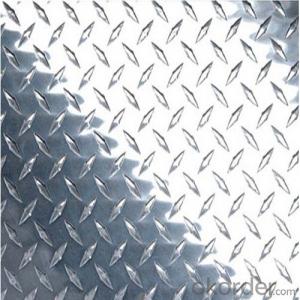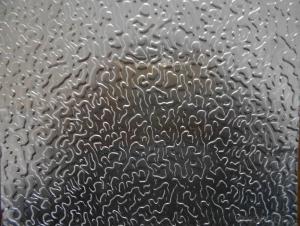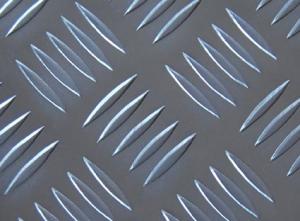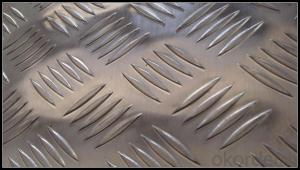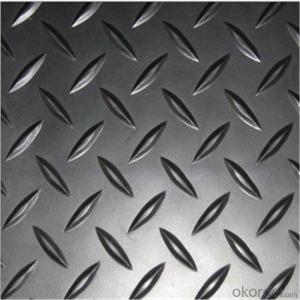3003-H22 Aluminum Diamond Plate
3003-H22 Aluminum Diamond Plate Related Searches
Led Light Bulbs For Ceiling Fixtures Led Lamps For Ceiling 42 In Ceiling Fan With Light Aluminum Coil Stock For Gutters Hole Saw For Aluminum Plate Aluminum Tread Plate For Trailer Bow Plate For Aluminum Boat Max Temp For Aluminum Foil Aluminum Foil For Key Fob Aluminum Foil For Hair FrizzHot Searches
China Black Aluminum Coil China Aluminum Coil Stainless Steel Manufacturers Aluminum Copper Coil Scrap Price High Pressure Laminate Manufacturers Europe Aluminum Ac Coil Scrap Price Aluminum Coil Price Per Pound ppr pipe manufacturers in saudi arabia Aluminum Coil Price Control Valve Manufacturers In Usa Home Depot Aluminum Coil Aluminum Coil Factory Roofing Sheets Manufacturers In Gujarat Outdoor Led Screen Manufacturers Wholesale Painted Aluminum Coil Aluminum Gutter Coil Wholesale Aluminum Coil Wholesale Wholesale Aluminum Coil Aluminum Roofing Coil Suppliers Aluminum Coil Stock Prices3003-H22 Aluminum Diamond Plate Supplier & Manufacturer from China
Okorder.com is a professional 3003-H22 Aluminum Diamond Plate supplier & manufacturer, offers integrated one-stop services including real-time quoting and online cargo tracking. We are funded by CNBM Group, a Fortune 500 enterprise and the largest 3003-H22 Aluminum Diamond Plate firm in China.Hot Products
FAQ
- What does 1060h/24 mean in aluminium alloy?
- Each digit in the 1060-H24 stands for the following meanings:First, a number of Arabia 1 is representative of pure aluminum (aluminum is aluminum content above 99% aluminum, in addition to the beginning and start with 2-8 are 2### for copper and aluminum magnesium alloy, 3### aluminum manganese alloy, 4### alloy, 5### alloy and so on)Two, second, Arabia number 0, said the original alloy, such as 1, said the original alloy after a modification, 2 means that the original alloy after two modificationsThree, third and four 60 two Arabia data represent the value behind pure aluminum content of 99% per cent in pure aluminum, said 60 pure aluminum aluminum content of 99.60%, as the standard 1050 indicates the aluminum content of pure aluminum, 99.50% of the 1070 said that the aluminum content of 99.70% pure aluminum alloy in the back.
- Yes, aluminum sheets can be used for cryogenic applications. Aluminum has good thermal conductivity and low density, which makes it suitable for cryogenic environments. It can withstand extremely low temperatures without becoming brittle or losing its mechanical properties. Additionally, aluminum is non-magnetic and has excellent resistance to corrosion, which is important in cryogenic applications. However, it is worth noting that the specific alloy and thickness of the aluminum sheet should be carefully selected based on the specific cryogenic temperature and application to ensure optimal performance.
- what's the difference between the knocking voice of aluminum sheet and stainless steel?
- The voice of aluminum sheet is toneless, and the voice of stanless steel is more crisp.
- Yes, aluminum sheet is highly recyclable. Aluminum is one of the most sustainable and environmentally friendly materials, as it can be recycled indefinitely without losing its quality. The recycling process of aluminum sheet involves melting it down to its liquid form, which requires significantly less energy compared to the production of primary aluminum from raw materials. Recycling aluminum sheet not only conserves natural resources but also reduces greenhouse gas emissions and saves energy. It is estimated that recycling one ton of aluminum sheet saves about nine tons of CO2 emissions. Therefore, aluminum sheet recycling is not only economically viable but also an essential practice for maintaining a sustainable and eco-friendly environment.
- Aluminum sheets can be embossed using various techniques, each with its own distinct process and result. Some commonly employed methods are: 1. Mechanical Embossing: To create patterns or designs on the aluminum sheet, mechanical tools like rollers or presses are utilized. The sheet is either passed through the rollers or pressed against a surface with a pattern, which impresses the design onto the metal. Mechanical embossing is ideal for repetitive patterns like diamond or checkerplate designs. 2. Chemical Embossing: This technique involves etching or engraving the aluminum sheet using chemical solutions. The solution is selectively applied to the metal's surface, eating away the desired areas to leave an embossed pattern. Chemical embossing enables the creation of intricate and detailed designs on the aluminum sheet. 3. Heat Embossing: By applying heat, embossed designs are formed on the aluminum sheet. A heated die or stamp is pressed onto the metal's surface, causing it to deform and create the desired pattern. Heat embossing is commonly used for raised logos or text on aluminum sheets. 4. Laser Embossing: Laser technology is employed to achieve embossed designs on aluminum sheets. A laser beam is directed onto the metal's surface, vaporizing or melting the desired areas to form the embossed pattern. Laser embossing offers high precision and allows for intricate and complex designs. 5. Roll Embossing: In this method, the aluminum sheet is passed through a series of engraved rolls, which imprint the desired pattern onto the metal. Each roll has a distinct design, providing a range of embossed finishes. Roll embossing is often used for textured or decorative finishes on aluminum sheets. In conclusion, the various techniques for surface embossing aluminum sheets offer multiple options for creating visually appealing and unique designs. The choice of method depends on the desired outcome, complexity of the design, and specific project requirements.
- does anyone know how aluminum recycling works in term of redox reaction ( oxidizing, reduced, oxidizing agent, reducing agent?). how is that relate to the process of electrochemistry?
- Aluminum recycling is done by just melting the cans back into molten metal. There are reactions, but those deal with the impurities, not the aluminum. See the reference.
- Indeed, aluminum sheets prove to be an excellent choice for aerospace applications. The aerospace industry widely utilizes aluminum due to its remarkable blend of strength, lightweight characteristics, and resistance to corrosion. Its exceptional strength-to-weight ratio renders it an ideal selection for the fabrication of various aircraft structures, such as fuselages, wings, and crucial components. Moreover, aluminum sheets possess the advantageous ability to be easily formed into intricate shapes, thereby facilitating the manufacturing process. Furthermore, aluminum boasts commendable thermal conductivity, which proves advantageous for dissipating heat in the realm of aerospace applications. In summary, aluminum sheets successfully fulfill the stringent requirements of the aerospace industry and are extensively employed in the construction of contemporary aircraft.
- Yes, aluminum sheets are suitable for HVAC ductwork. Aluminum is a popular choice for ductwork due to its lightweight and durable nature. It is corrosion-resistant, which is important in HVAC systems where moisture and condensation can be present. Aluminum ductwork also offers good thermal conductivity, allowing for efficient heat transfer. Additionally, aluminum sheets are easy to work with, making installation and maintenance relatively simple. Overall, aluminum sheets are a reliable choice for HVAC ductwork, providing long-lasting performance and energy efficiency.












